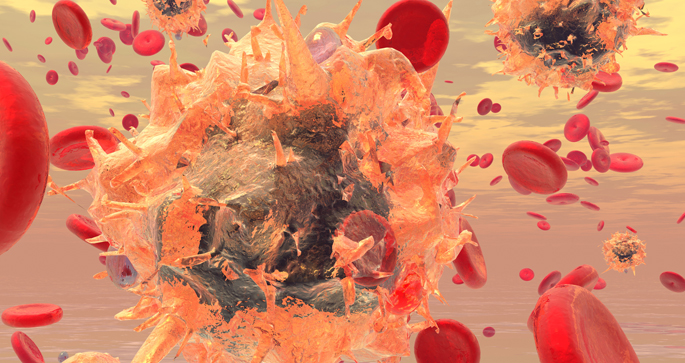by Dikshya Bastakoty

Sensitive and specific peripheral biomarkers for major depressive disorders – derived from organs outside of the central nervous system – could help non-invasively diagnose and monitor progression of these disorders.
Károly Mirnics, M.D., Ph.D., and colleagues investigated whether dermal fibroblasts obtained from skin biopsy can be used as peripheral biomarkers for depression.
The investigators reported in the journal Biological Psychiatry that gene expression patterns in cultured dermal fibroblasts from patients with major depressive disorder differed significantly from healthy controls.
The researchers found parallel changes in expression of both messenger RNAs (mRNAs), which code for proteins, and micro-RNAs, which alter mRNA expression. These changes occurred in pathways affecting cell-to-cell communication, innate and adaptive immunity and cell proliferation signals. These observations support previous studies conducted with patient autopsy specimens.
The findings support the notion that major depressive disorder affects cells outside the brain, and suggest potential for developing effective and easy-to-use peripheral biomarkers, the researchers concluded.
The study was supported in part by National Institutes of Health grants MH067234, MH079299, MH001741, MH052339 and MH073630.
Send suggestions for articles to highlight in Aliquots and any other feedback about the column to aliquots@vanderbilt.edu















